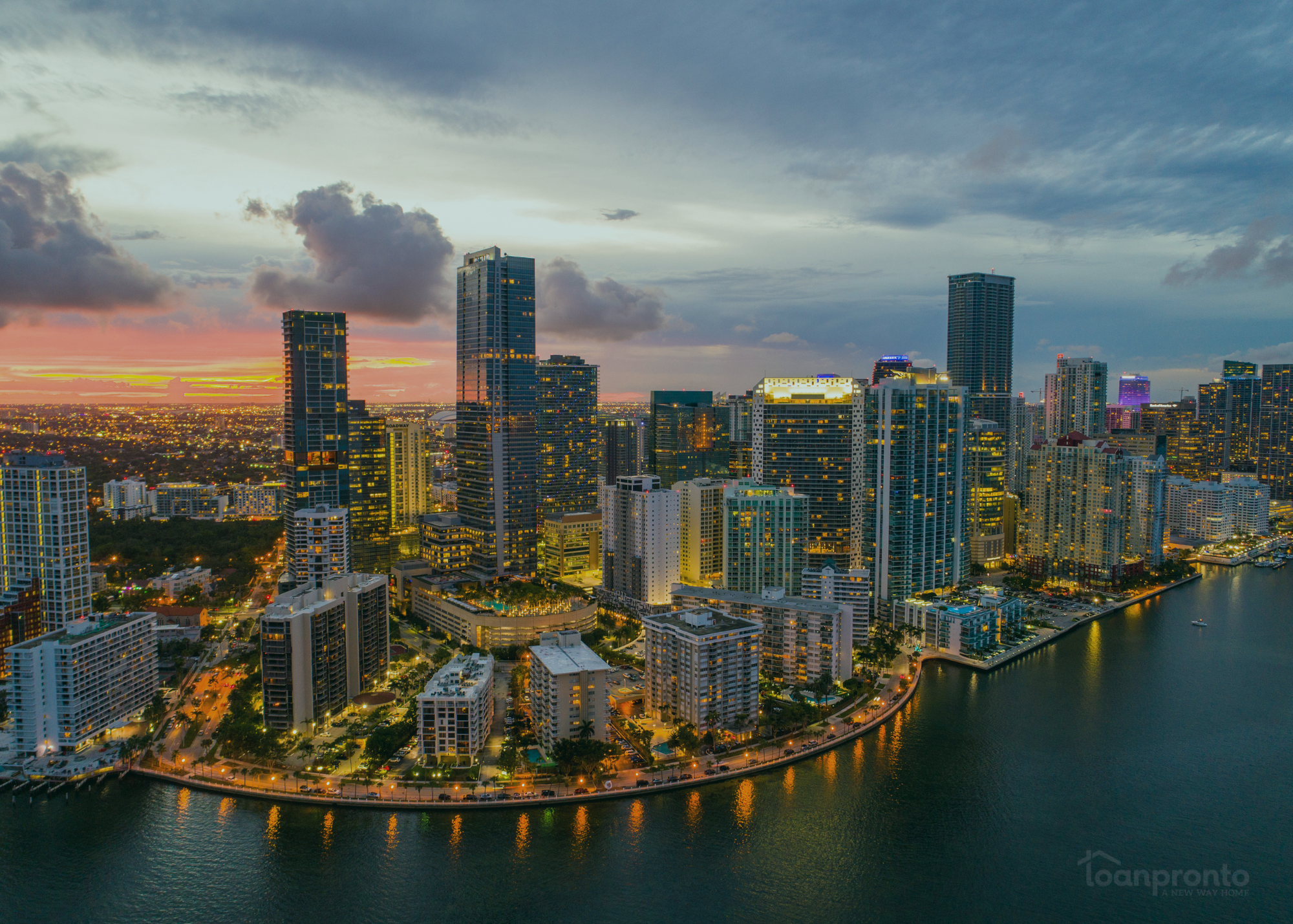Key Takeaways
-
Treasury yields, mortgage-backed securities (MBS), inflation, and Federal Reserve policies all influence mortgage rates.
-
Your credit score, loan-to-value (LTV) ratio, and debt-to-income (DTI) ratio impact the interest rate you qualify for.
-
Primary residences typically have lower rates than investment properties, and government-backed loans often offer better terms.
-
Mortgage rates vary by lender, so comparing offers can help you secure the best rate.
Mortgage rates fluctuate based on a variety of factors, including economic conditions, government policies, and personal financial elements such as your credit score, loan-to-value ratio, and debt-to-income ratio. Understanding these key factors—such as the influence of Treasury yields, mortgage-backed securities (MBS), inflation, and Federal Reserve policies—can help you make informed decisions when applying for a mortgage. Whether you’re purchasing a home or refinancing, knowing what affects mortgage rates can save you money over the life of your loan.
Key Market Factors That Influence Mortgage Rates
Lenders do not set interest rates arbitrarily. Instead, rates fluctuate based on economic and market conditions.
Treasury Yields and Mortgage-Backed Securities (MBS)
One of the strongest indicators of mortgage rate trends is the 10-year Treasury yield. Most homeowners refinance or sell their homes within a decade, making this yield a key benchmark for lenders. When Treasury yields rise, mortgage rates typically follow.
In addition to Treasury yields, mortgage-backed securities (MBS) also play a significant role. Lenders bundle home loans into MBS and sell them to investors. If demand for MBS increases, mortgage rates tend to drop. However, when demand declines, rates rise.
Inflation and Economic Conditions
Inflation reduces the purchasing power of money, prompting lenders to raise interest rates to offset the loss. When inflation is high, borrowing costs increase. Conversely, when inflation slows, mortgage rates often decrease.
A strong economy can also push rates higher. Increased consumer spending and wage growth drive up inflation, leading to higher interest rates. On the other hand, economic slowdowns generally lead to lower rates as borrowing demand declines.
Federal Reserve Policy
The Federal Reserve does not directly set mortgage rates, but its policies influence them. When the Fed raises its benchmark interest rate—such as in 2022 and 2023—borrowing costs tend to increase. However, interest rates can move independently of Fed rate cuts due to other market forces, as seen in early 2025.
Government Policies and Global Events
Government incentives, such as tax credits or first-time homebuyer programs, can increase demand for mortgages, potentially driving rates higher. Similarly, global events—like geopolitical conflicts and elections—create economic uncertainty. When investors seek safe assets like U.S. Treasury bonds, mortgage rates may decline.
Personal Factors That Affect Mortgage Rates
Beyond market conditions, lenders consider several personal financial factors when determining the rate they offer you.
Credit Score
A higher credit score signals lower risk to lenders, leading to better interest rates. While most conventional loans require a minimum score of 620, borrowers with scores above 780 qualify for the most competitive rates.
Loan-to-Value (LTV) Ratio and Down Payment
Your LTV ratio compares your loan amount to your home’s value. A lower ratio, often achieved with a larger down payment, reduces lender risk and can result in a lower interest rate.
Debt-to-Income (DTI) Ratio
Lenders prefer borrowers with a DTI ratio below 36%, meaning total monthly debt payments should not exceed 36% of gross income. A lower DTI signals financial stability, which improves your chances of securing a favorable mortgage rate.
Property Type and Occupancy
The way you intend to use a property impacts your rate. Primary residences generally have the lowest rates, while investment properties and vacation homes often come with higher rates due to increased risk.
Loan Features and Closing Costs
Certain loan options and fees affect your interest rate. No-closing-cost mortgages usually have higher rates since lenders absorb the upfront costs. Discount points, on the other hand, allow borrowers to pay extra at closing to reduce their interest rate over the loan’s term.
Why Mortgage Rates Vary Across Lenders
Not all lenders offer the same mortgage rates. Variations in pricing strategies, operational costs, and risk assessments cause differences in rates. Comparing lenders can save you thousands of dollars over the life of your loan.
Why Different Loan Types Have Different Rates
The structure of a loan impacts its interest rate. Fixed-rate mortgages typically start with higher rates than adjustable-rate mortgages (ARMs) because lenders take on long-term interest risk. FHA, VA, and USDA loans often have lower rates due to government backing, which reduces lender risk.
Bottom Line
Mortgage rates fluctuate based on economic conditions, government policies, and personal financial factors. While you cannot control the broader market, improving your financial profile can help you secure the best possible rate. Strengthening your credit score, reducing your debt-to-income ratio, and making a larger down payment all increase your chances of locking in a lower interest rate.
By understanding these factors, you can make informed decisions and find the most competitive mortgage rate for your financial situation.
FAQs: What Affects Mortgage Rates
No SSN required. Zero impact to credit. Your Information is never sold.



